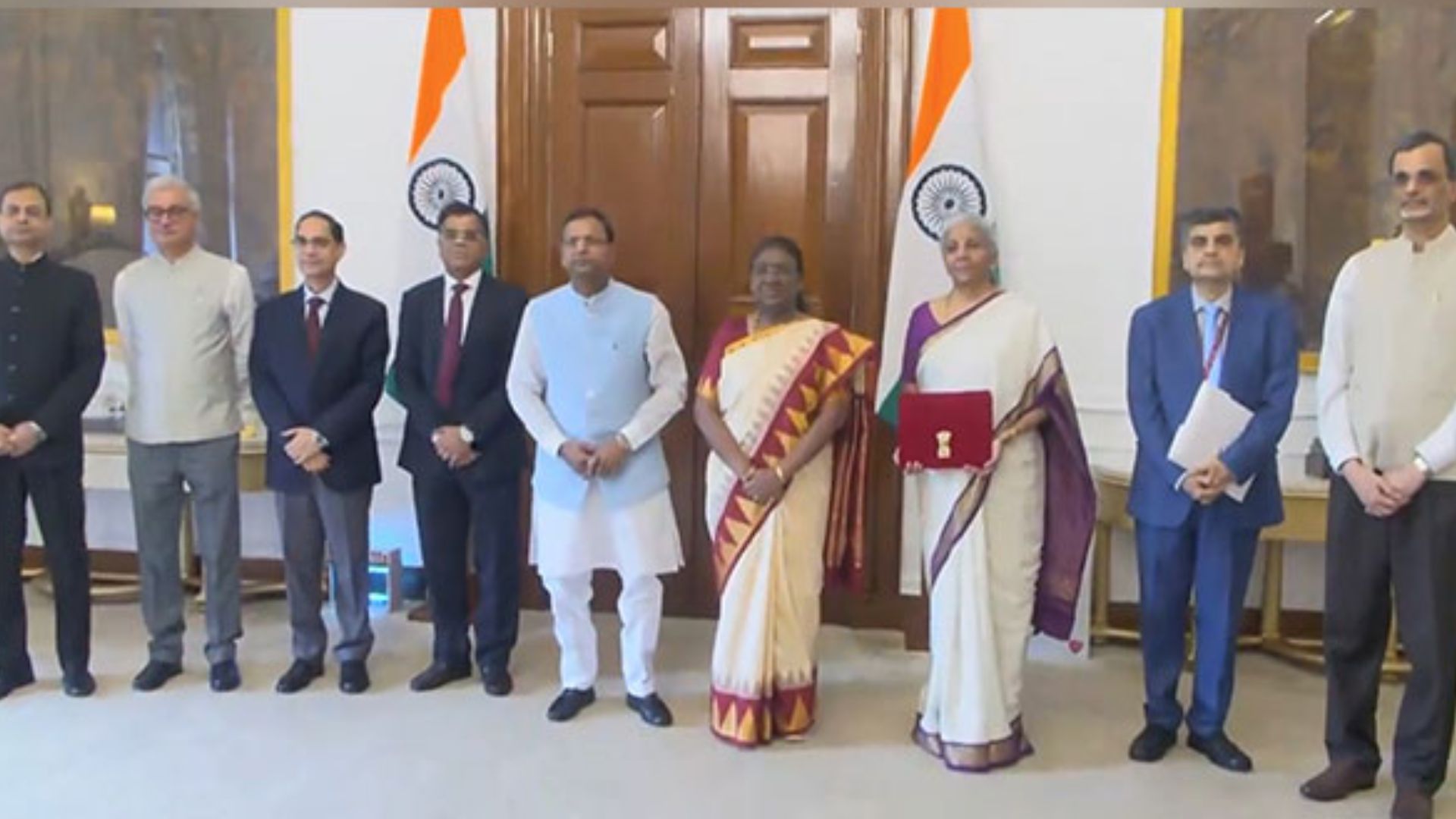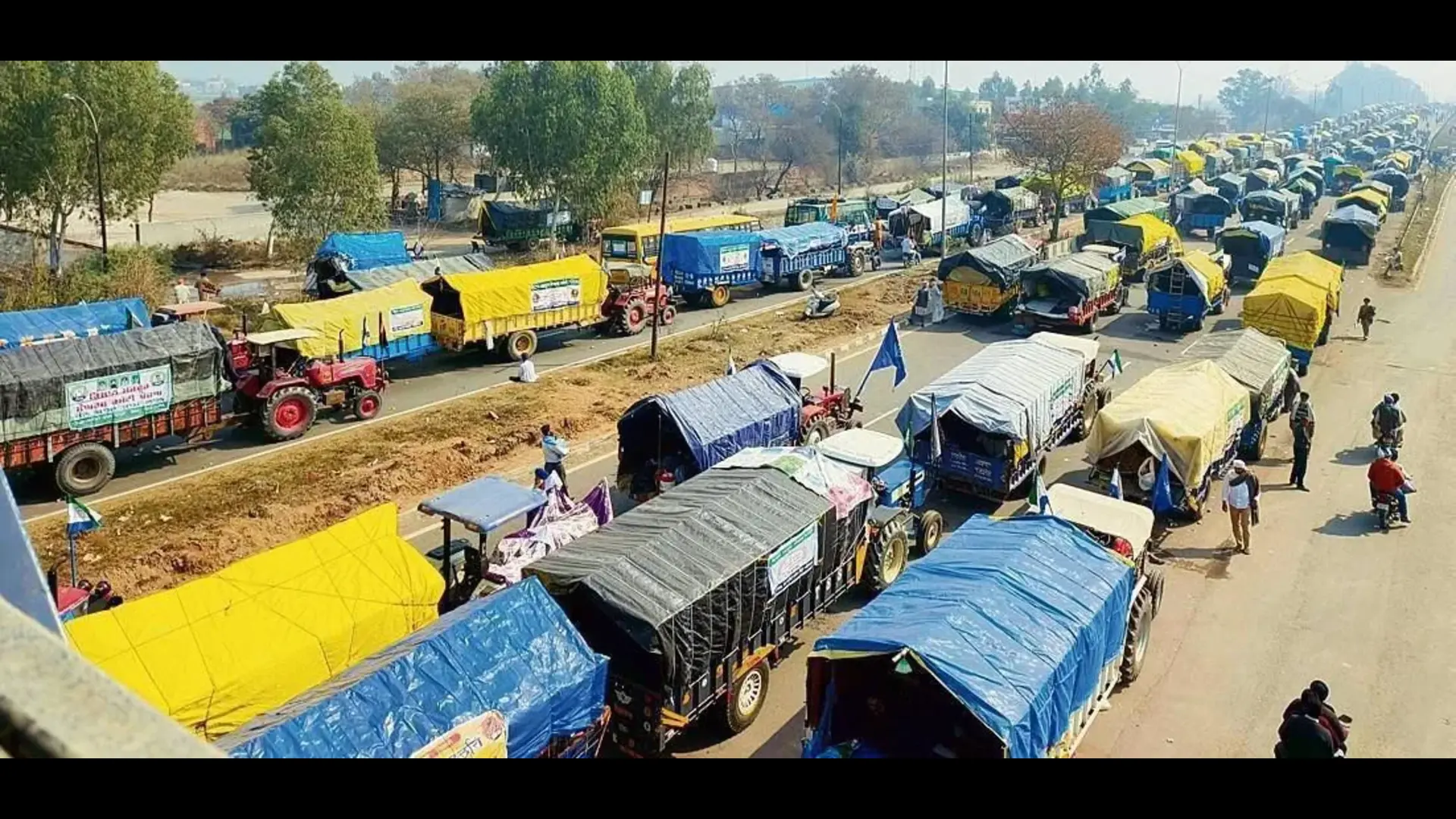Union Finance Minister Nirmala Sitharaman met with President Droupadi Murmu before presenting the Union Budget 2024 in Parliament, following established tradition. During the meeting, Sitharaman and her team briefed the President on the details of the Budget. As a gesture of good luck, President Murmu offered the Finance Minister ‘Curd and Sugar,’ a customary symbol of well-wishes.
Next, Sitharaman will attend a Cabinet meeting before delivering the Budget in Parliament. On Tuesday, the documents for the 2024 Union Budget and the Jammu and Kashmir Budget arrived at Parliament. After presenting the General Budget for the year, Sitharaman will also present the budget for the Union Territory of Jammu and Kashmir for 2024-25.
Earlier, the Finance Minister left the North Block offices of the Finance Ministry with the Union Budget 2024-25, which, as usual, is in digital format. She and her team took a photo with the red ‘Bahi Khatha’ digital tablet before heading to Rashtrapati Bhavan.
This budget presentation will mark Sitharaman’s seventh consecutive budget, surpassing the late Morarji Desai’s record of six consecutive budgets. It is expected to focus on reforms in the income tax structure and improving the ease of doing business in India.
Minister of State for Finance Pankaj Chaudhary stated that the Union Budget of the third Narendra Modi government will reflect the PM’s motto, “Sabka Saath Sabka Vikas” (Collective Effort, Inclusive Growth). The budget session of Parliament began on July 22 and is scheduled to end on August 12.
On Monday, the Economic Survey presented by Finance Minister Nirmala Sitharaman projected that India’s economy could grow at 7 percent in the medium term. The survey noted, “In the medium term, the Indian economy can grow at a rate of 7 percent plus on a sustained basis if we build on the structural reforms undertaken over the last decade. This requires a tripartite compact between the Union Government, State Governments, and the private sector.”
The survey also highlighted that India faces both opportunities and challenges amid global trends like geo-economic fragmentation, a push for self-reliance, climate change, technological advancements, and limited policy space. It recommended focusing on bottom-up reforms and enhancing governance to ensure that past structural reforms lead to strong, sustainable, balanced, and inclusive growth.
The growth strategy for the medium term, called “Amrit Kaal,” emphasizes six key areas: boosting private investment, expanding and supporting MSMEs (Micro, Small, and Medium Enterprises), leveraging agriculture for future growth by removing policy barriers, securing financing for India’s green transition, addressing the education-employment gap, and building state capacity and capability to sustain progress.






